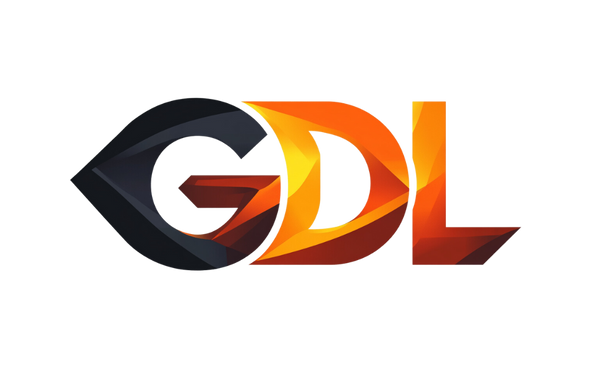
The Midgard Serpent A symbol of chaos, strength and mythology
Split
Norse mythology is rich in fascinating creatures and stories that continue to captivate us to this day. Among these stories, the legend of the Midgard Serpent (Old Norse Jörmungandr ) stands out, one of the most powerful and threatening beings in the Viking world. This gigantic sea serpent is not only a symbol of destruction and chaos, but also a fascinating allegory of the unstoppable nature of time and fate.
origin and family history
The Midgard Serpent is one of the three children of the god Loki and the giantess Angrboda. Her siblings are the mighty Fenris wolf, who inspires fear in the gods, and Hel, the ruler of the underworld. These children are often portrayed in mythology as harbingers of doom, and the Midgard Serpent is no exception.
Odin, the Allfather, recognized the threat posed by Loki and his descendants and had the Midgard Serpent thrown into the sea that surrounds the world. There it grew so huge that one day it encircled the entire earth and took its own tail into its mouth.
meaning of the name
The name Jörmungandr literally means "mighty staff" or "great rod". This indicates her size and presence beyond normal understanding. She is often described as a limitless being that encompasses the world, symbolising infinity.
connection to Thor
The Midgard Serpent is closely linked to Thor, the god of thunder. Their enmity is legendary and culminates in several epic encounters:
-
The fishing story:
In a famous story, Thor and a giant try to catch the serpent from the depths of the sea. Thor uses an ox head as bait. When the serpent bites, Thor lifts it out of the water with incredible strength. But before he can kill it, the line is cut and the serpent escapes. -
Ragnarök:
The fate of the Midgard Serpent and Thor is inextricably linked to the end times of Norse mythology, Ragnarök. During the final battle, Thor will slay the serpent, but not without paying a high price: he is hit by its deadly poison and dies shortly afterwards.
symbolism of the Midgard Serpent
The Midgard Serpent symbolizes several important themes in Norse mythology:
-
Cycle and Infinity:
By encircling the world and biting its own tail, the snake represents the eternal cycle of time, life and death. It is often interpreted as a symbol of the Ouroboros, which also stands for infinity in other cultures. -
Chaos and Destruction:
A gigantic creature that plays a key role in Ragnarök, the Midgard Serpent embodies the uncontrollable forces of nature and fate. -
Borders and Protection:
Although dangerous, the snake also represents a kind of boundary between the world of humans (Midgard) and the unknown depths of the sea.
representation in art and culture
The Midgard Serpent has inspired artists and writers for centuries. It appears in ancient Norse sagas, in paintings, sculptures, and modern media such as films, books, and video games. Its majestic and fearsome nature is particularly portrayed in pop culture, such as in the God of War game series.
Conclusion
The Midgard Serpent is more than just a creature of Norse mythology - it is a powerful symbol of the inescapable force of fate and time. Its connection to Thor and its role in Ragnarök make it a central part of Norse tales.
Whether as a symbol of chaos or as the embodiment of strength, the legend of the Midgard Serpent remains one of the most impressive and fascinating stories in Norse mythology.




